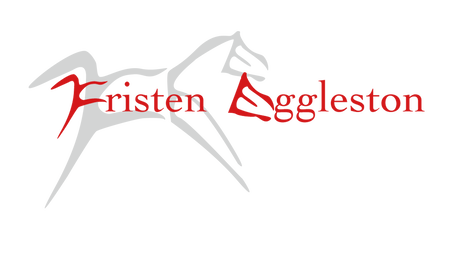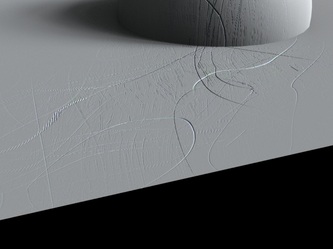
Just look at that gorgeous displacement! Moss has a soft falloff on its lumps and growths, something achievable by piping the displacement values through a square root function. There are three noise functions on the moss, a low frequency to get rolling hills, a medium frequency to get the smaller lumps and a very high frequency to achieve the small bumps.
The color is also not driven through worley noise anymore, that was too swirly for what moss really looks like. My reference photos were much more patchy in color, where old and low moss was a dark green while the moss closer to the top was a lighter green.
The color is also not driven through worley noise anymore, that was too swirly for what moss really looks like. My reference photos were much more patchy in color, where old and low moss was a dark green while the moss closer to the top was a lighter green.
Now the small scratches are very patchy and in bunches of high frequency sets, plus they can be taken off. There are additional features so the user can control how much of the color shows through the scratch and how deep the small scratch displacements will go into the surface.



